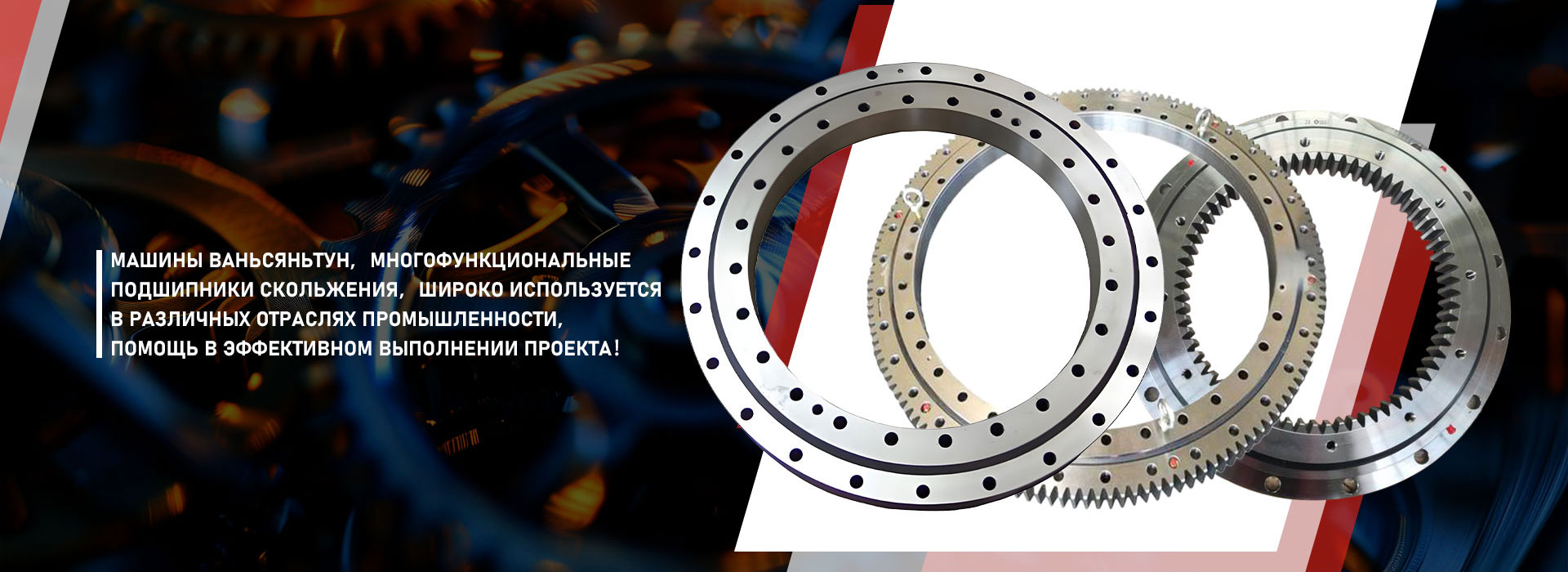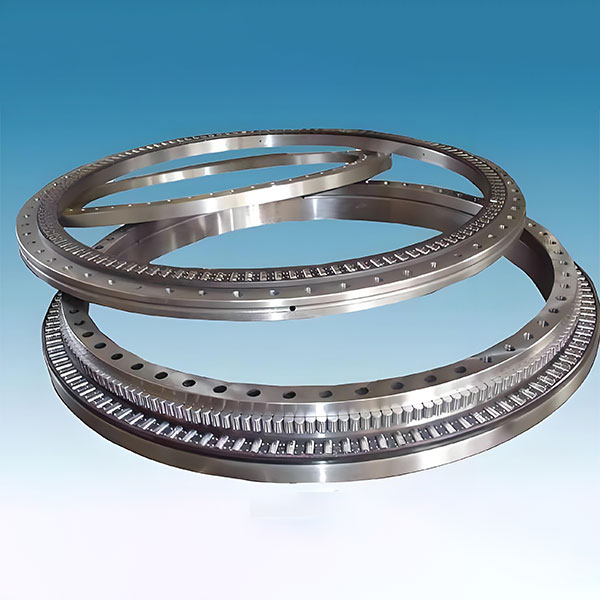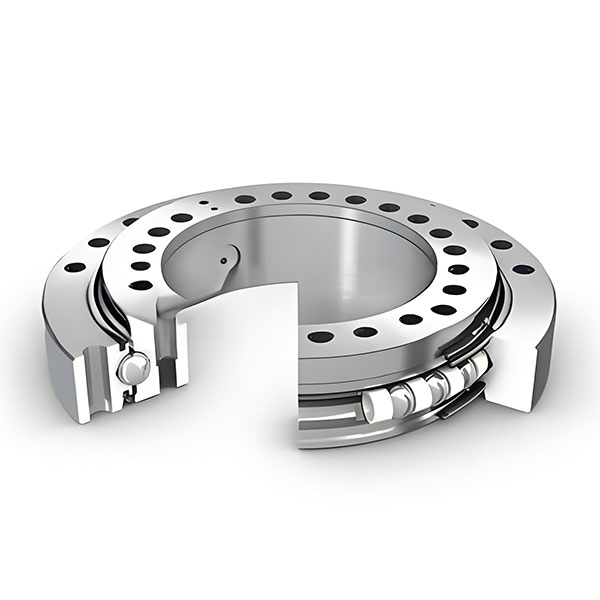
Parks of gear wheels
A pair of gear wheels: transfer of movement and strength
Tough wheels are one of the most ancient and reliable ways of transmitting movement and strength. Imagine two gears connected to each other, like two gear circles. Each gear has many teeth, which, as if hooked by each other, rotate each other.
How do gear wheels work?
The work of a pair of gear wheels is based on a simple principle: the teeth of one gear enters the hook with the teeth of another, and when one gear rotates, the other also begins to rotate. This is like if you were trying to turn the wheel, catching behind his knitting needles. The more teeth each gear, the more smoothly and evenly rotation is transmitted. In addition, the gearing of teeth allows you to transfer various forces and the moment of rotation. For a greater angle of rotation or to change the direction of rotation, additional pairs of gears or other mechanisms are used.
The use of gear wheels
Toem wheels are found everywhere around us. From complex mechanisms in cars to simple time mechanisms. They are used in systems requiring accurate transmission of rotation, in machines, robots, lifting and lowering mechanisms, in various drives and in much more. Even in ordinary door mechanisms, you can often notice small, invisible pairs of gears. They play an important role in creating various tools, machines and devices, making our life more convenient and effective.
Advantages of using gear wheels
The use of gears is an effective and reliable solution in mechanical systems. Due to the clear clutch, the transmission of movement is carried out with minimal losses. The strength of the materials from which these gears are made makes them very reliable in use, allowing them to withstand heavy loads. Compared to other methods of transmission of movement, the gear wheels often provide greater accuracy and stability, which makes them indispensable in various technical devices.
AppropriateProducts
Corresponding products
The best soldproducts
The best -selling productsConnectedsearch
Related search- Cheap price of a gear of the crankshaft 2114
- Chinese suppliers of bearings of bearings
- gear crankshaft 8 valves
- Cheap intermediate gears of factories
- Suppliers of supporting devices in China
- The price of cheap generator bearing
- Cheap manufacturers of processing parts of assembly
- Suppliers of OOM turning ring RU85
- Cheap gears of factory processing
- Factories that OEM GOST Turning bearings














